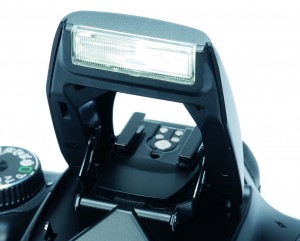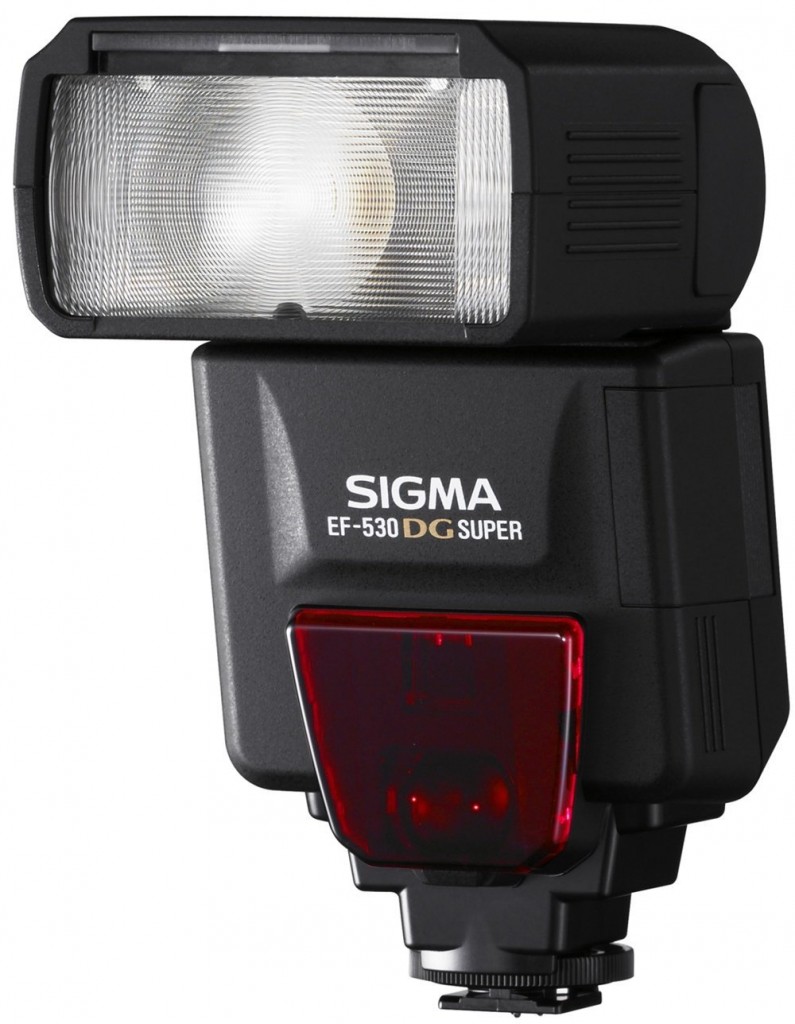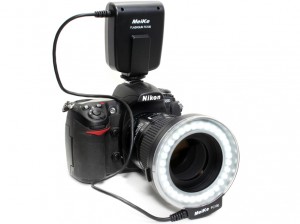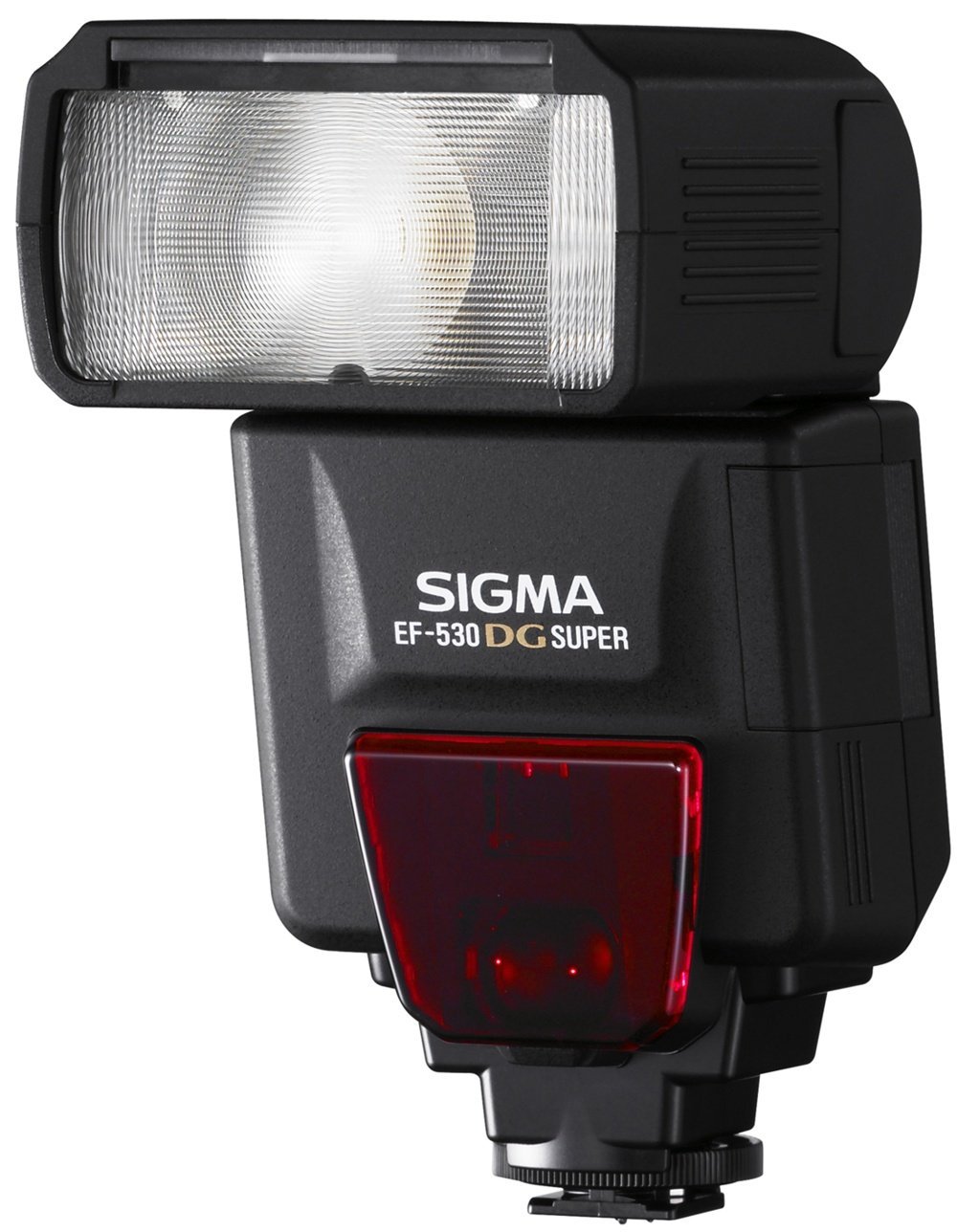There are different types of artificial light sources that a camera can use for exposing the film/sensor. These light sources include lamps, fluorescent lamps, tungsten lamps and electronic flashes. The electronic flashes are the most used as an artificial light source for both indoor and outdoor photography.
The working principle of a flash is usually based on this scheme: A discharge tube filled with xenon gas will receive an electrical impulse which will ionize the gas, creating the flash light.
Built-in flash (internal)
Many photo cameras, either digital or film based, has its own built-in flash. Supposing that for a given camera the external flash is not an option, that camera can still rely on its built-in flash making possible photography in low light condition either indoor or outdoor.

However, because built-in flash units are limited by the camera size and are usually small, this brings some disadvantages like low power and short range, lack of flash exposure system, can spend faster the camera battery life shortening available pictures and some other drawbacks. Still, for most beginner camera users these drawbacks are not something of big importance.
(Exceptions will make some digital-slr cameras whose built-in flashes have implemented exposure systems like E-TTL)
External flash
External flash units can be attached to the camera through a slide socket usually placed on top of the camera. Most of them are dedicated, thus every flash unit is designed to be compatible with a specific range of camera models and are not compatible with other camera manufacturers.

They come in various sizes and with different features, some are more powerful and faster than others and depending upon construction they are fixed or swivel, allowing best positioning for angle coverage. The connectivity with the camera is made electrically, thus the flash timing and exposure reading are communicated, allowing optimized results when using the flash.
Some of the important features an external flash may have, include:
– E-TTL A flash exposure system who give more accurate image exposure. – E-TTL II Compared with E-TTL now incorporates lens-to-subject distance information. – Color temperature reading Can adjust in-camera color balance for better color rendering.
– High-Speed FP Can fire rapid series of flashes synchronized with the camera FPS. – Wireless flash capability (built-in slave and/or transmitter) Can be used either to be wireless controlled or to control another wireless external flash or strobe.
Close-up flash
The close-up flash is exclusively designed for macro-photography (close-up). Most of the internal or external flashes cannot give good results for close-up shots, therefore, when photographing small products and objects, is recommended the use of a close-up flash who can light the scene in a more correct manner, without light blows, lens shadows and irregular light spreading.

There are various types of close-up flashes bust most usual is the ring flash.
The ring flash is placed in front of the lens, and because of its circular shape and fine moderated light, can ensure a perfect lighted close-up scene.
